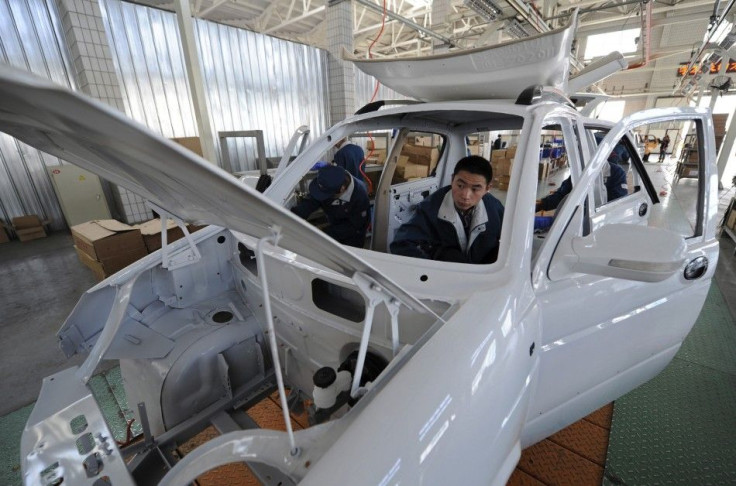US Manufacturers Mull Returning Chinese Ops Back to US: Boston Consulting Group

Many U.S. manufacturing firms that run Chinese plants are considering bringing those operations back home because -- in many cases -- it makes more economic sense to do so than to keep them abroad, according to a Boston Consulting Group (BCG) survey of business executives released on Friday.
The survey suggests that China has become less appealing to large manufacturers than it has been in recent years. Fully 37 percent of executives interviewed at companies with sales of $1 billion or more said they are actively considering bringing back production from China to the U.S., BCG wrote in its survey results report. For companies with over $10 billion in sales, the percentage of respondents saying they are eyeing bringing their manufacturing jobs back to the U.S. rose to 48 percent.
We've reviewed production in other countries but have found that costs, quality, and customer satisfaction drive us to keep production in the US, an unnamed major industrial and commercial machinery manufacturer stated in the report.
The shift in industrial-organization views, something that the consulting firm has documented since last year, seems somewhat concentrated among a set of what BCG calls tipping-point sectors, which include rubber and plastics manufacturing, electrical equipment assembly and transportation equipment-making.
It seems the main driving force behind the development is a disappointment with the savings seen by outsourcing manufacturing to China. According to BCG, seven out of 10 respondents in its survey said sourcing to China had been more expensive than they had planned, with increasing labor costs standing out as a rising liability.
Not long ago, many companies regarded China as the low-cost default option for manufacturing, Michael Zinser, a BCG partner who leads the firm's manufacturing work in the Americas, said in a statement. This survey shows that companies are coming to the conclusion surprisingly fast that the U.S. is becoming more competitive when the total costs of manufacturing are accounted for.
The firm's survey findings mesh nicely with recent trends observed in both industrial-production indicators and employment indicators. From December 2011 on, with the exception of something of a lull in March, monthly economic data has pointed to a boom in U.S. manufacturing, with industries related to car-making leading the U.S. manufacturing boom.
The BCG report suggests the trend, at least in some degree, could continue.
© Copyright IBTimes 2025. All rights reserved.





















